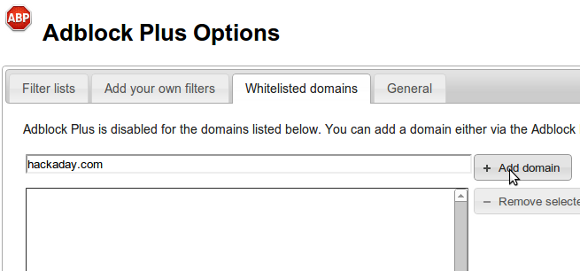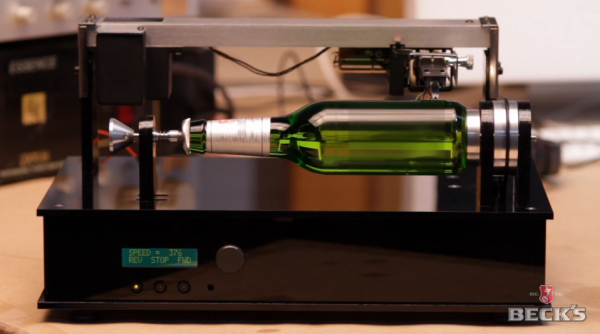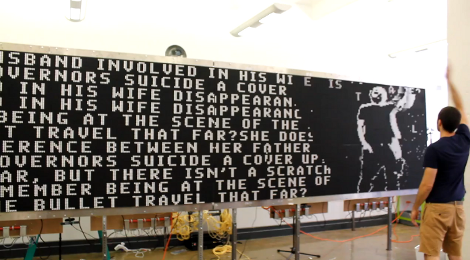[DoctorBeet] noticed the advertisements on the landing screen of his new LG smart television and started wondering about tracking. His curiosity got the better of him when he came across a promotional video aimed at advertisers that boasts about the information gathered from people who use these TVs. He decided to sniff the web traffic. If what he discovered is accurate, there is an invasive amount of data being collect by this hardware. To make matters worse, his testing showed that even if the user switches the “Collection of watching info” menu item to off it doesn’t stop the data from being phoned home.
The findings start off rather innocuous, with the channel name and a unique ID being transmitted every time you change the station. Based on when the server receives the packets a description of your schedule and preferred content can be put together. This appears to be sent as plain data without any type of encryption or obfuscation.
Things get a lot more interesting when he discovers that filenames from a USB drive connected to the television are being broadcast as well. The server address they’re being sent to is a dead link — which makes us think this is some type of debugging step that was left in the production firmware — but it is still a rather sizable blunder when it comes to personal privacy. If you have one of these televisions [DoctorBeet] has a preliminary list of URLs to block with your router in order to help safeguard your privacy.
[Thanks Radcom]





















